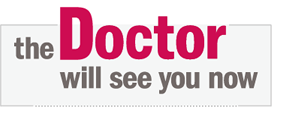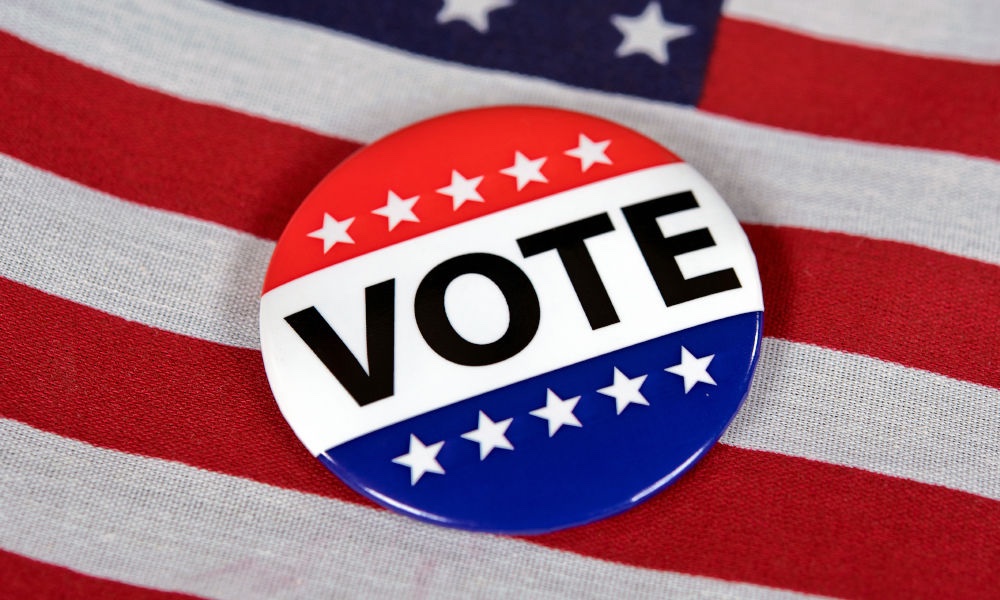In the era of social media, it's easy to believe that Facebook friends and online communities shape how Americans think and vote.
New research suggests that something more down-to-earth is at work, however. The people we encounter in real life, even briefly, may tell us more about political behavior than anything happening on our screens.
Offline social interaction, characterized by shared physical space, predicts U.S. voting patterns more accurately than online networks or even neighborhood demographics, the study found. These findings suggest that political polarization may be less about digital echo chambers and more about who crosses paths in coffee shops, grocery stores and parks.
The study used masked data from Meta's Data for Good program, which collects location information from users who enable it on the Facebook smartphone app. Michele Tizzoni, a computational social scientist at the University of Trento in Italy and his colleagues, including economist Marco Tonin, looked at three forms of connection: physical encounters, online friendships and neighborhood demographics.Where we go, and who we see, could matter more than what we click.
Their work defined physical proximity or co-location as two people being in the same 600-by-600 metered area (roughly the size of a few city blocks), for at least five minutes, and it compared these physical encounters with Facebook friendships (representing online networks) and residential proximity (representing neighborhood demographics).
They then cross-referenced this information with political data, inferring users' likely political affiliations based on their county of residence. To validate and deepen their analysis, the researchers also incorporated responses from 2,420 Americans surveyed about their social networks during the 2020 presidential election and additional data from the 2020-2022 American National Election Studies Social Media Study.
The results were unmistakable. Physical proximity, which meant shared moments in the same space, explained 97 percent of the variation in county-level voting patterns. In comparison, online connections through Facebook friendships accounted for 85-87 percent, and residential proximity only 75-80 percent.
In other words, who you're near in real life, offers a clearer picture of your political leaning than online friendships or who may live next door.
“Our results suggest a more fundamental role of real-world social mixing than online networks in reflecting political views,” Tizzoni explained in the study, published in the journal PNAS Nexus. The team interprets this as evidence that social mixing in real life plays a more fundamental role in shaping political identity than online networks do.
Interestingly, the researchers also found that partisan segregation is stronger in physical spaces than online. Educational attainment played a major role in this divide, particularly in urban areas. In counties with higher education levels, Democrats and Republicans were less likely to mingle in shared public spaces.
At the individual level, offline social ties also proved more influential on vote choice than online ones. The folks we see in person and face-to-face — even briefly — seem to have more sway than the people we debate or “like” online.Political polarization may be less about digital echo chambers and more about who crosses paths in coffee shops, grocery stores and parks.
For years, analysts and media have pointed fingers at social media for worsening political polarization. But this study suggests the roots of divide may lie in something older and familiar: the geography of everyday life. Where we go, and who we see, could matter more than what we click.
The researchers argue that understanding and addressing polarization may require focusing not only on digital reform, but also on the design of our cities, workplaces and communities. These are the places where chance encounters — or the lack of them — still shape how we think.





